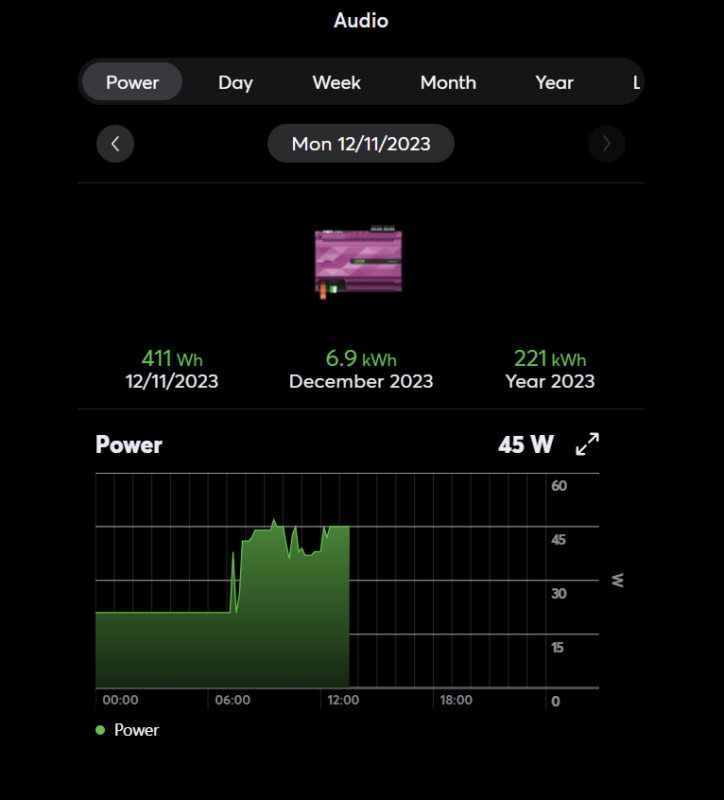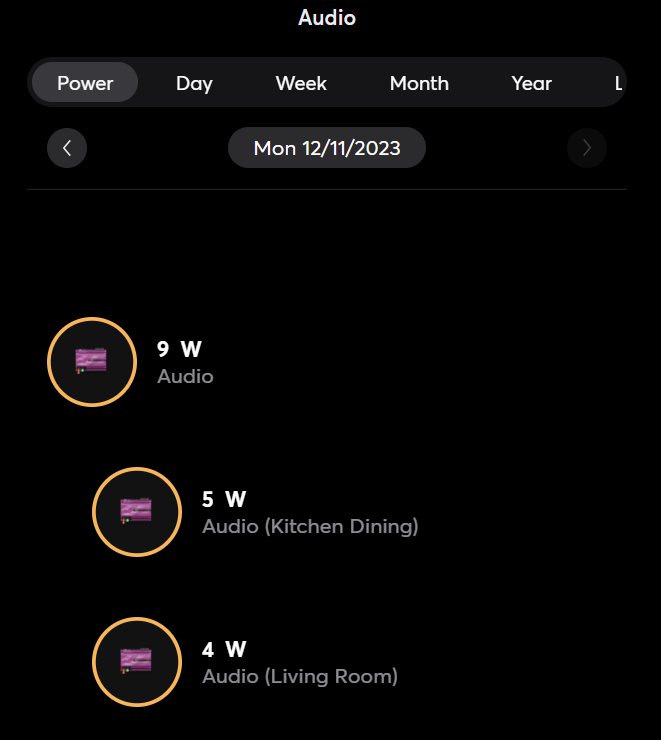Brief: How could I reduce the energy consumption of a multiroom audio installation?
Most class A and B amplifiers consume a significant amount of power when in use. They also generate a lot of heat during this process, and this heatsink is where most of the power actually goes. This makes Class A and B amplifiers very inefficient due to the unnecessary amount of energy consumed. Class A devices are estimated to work with only 25-30% efficiency. Class B amplifiers are a little more economical, but in return they add a lot of distortion to the sound.
On top of all that wasted energy when in use, Class A and B amplifiers also pull a significant amount of power on standby. This will add up over time and result in higher electricity bills due to appliances that aren’t even switched on.
When considering user experience, Class A is considered the industry standard, but this comes at a cost: quality is achieved at the cost of significant energy consumption as discussed above. Class B amplifiers may draw less power but they are known to have a lower sound quality. Without a happy medium between these two options – great performance and high energy efficiency -, it can easily feel like a sacrifice needs to be made one way or the other.
So… if we still want great sound quality and as multiroom audio installations become more popular in both residential and commercial installations, how can we continue to enjoy the ambience of audio without dramatically increasing energy bills?
Solution: The Audioserver minimises the energy consumption of any speaker installation without compromising on sound quality.
The Loxone Audioserver is a Class D amplifier providing much greater efficiency in a smaller body. The most significant advantage of Class D units is their high efficiency. They can achieve efficiencies of over 90%, compared to around 50-70% for Class B and around 30% for Class A. This efficiency is due to the Class D amplifiers switching transistors on and off rapidly to minimise the time they spend in the high-power dissipation region. Speakers connected to the Audioserver pull almost nothing when idle – this is significantly low compared to the hundreds of watts Class A and B amplifiers use on standby.
The Audioserver also generates less heat, making panel distribution and planning easier.
Let’s use Loxone’s office in the UK as an example. 6 speakers in our training room are connected to the Audioserver. While these speakers are off, the rest of the office uses 40W to play music. When we switch them on, the 6 speakers in the room use about 1-2 watts per speaker playing at background level at about 20% volume. The consumption is even more impressive even when they’re at 100% volume – due to the Audioserver’s efficiency, we’re still only looking at approximately 2-4 watts being drawn per speaker while the loudness of the room is in the range of 86-92 dB. This is especially beneficial for commercial buildings like stores, restaurants or offices where the music is on for at least 12 hours daily.
What’s more, the Audioserver uses less power to operate multiple speakers at a reasonable volume for a long period of time than a single channel on idle. For example, in the below screenshot, you can see the power draw of the Audioserver that’s operating more than 20 speakers at the same time. Plenty of class A, B or AB amplifiers on the market would consume anything between 20-300W on idle only operating up to 8 channels.
The Audioserver is not only responsible for the music, it’s a true multiroom audio system with versatile use. It can provide sound for alarms, announcements, reminders and more as it’s part of the Loxone building management system. A good example of this is using the Audioserver with the Presence Sensors. With a basic auto configuration, your clients can expect additional benefits such as music switching on whenever they walk in the room and turning off when they leave to ensure music is not playing without a purpose. This provides even further energy efficiency. The Audioserver also works with All Out and Night modes to ensure all devices including the speakers are turned off when no one’s around to use them.
Using less energy does not compromise the user experience by sacrificing sound quality to consume less power. The Audioserver forms the basis for rich and clear sound, whether it’s relaxing background music or a powerful party playlist.
Hardware:
- Miniserver (can be Miniserver, Miniserver Compact or Miniserver Go)
- Audioserver
- Stereo Extension
Configuration:
Video:



